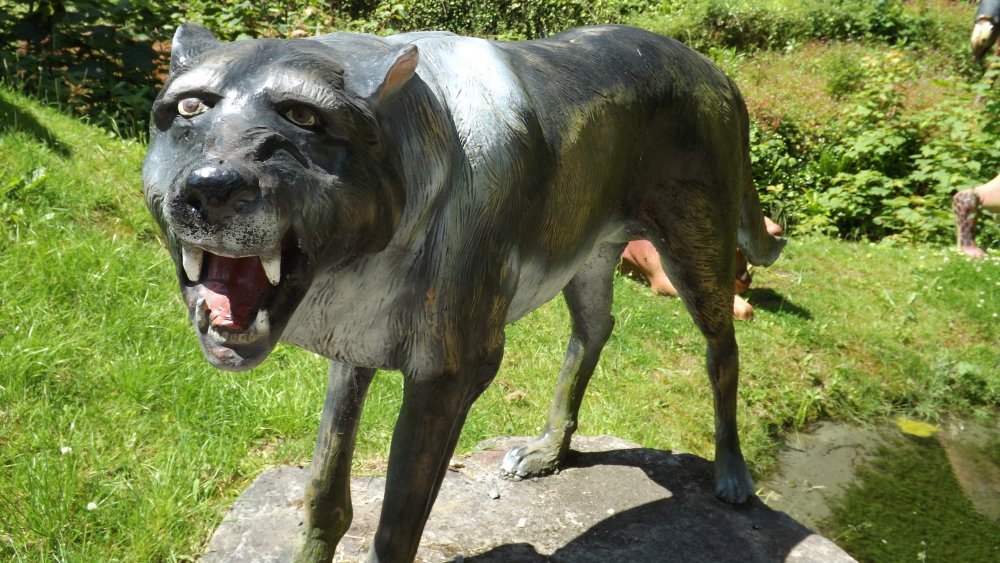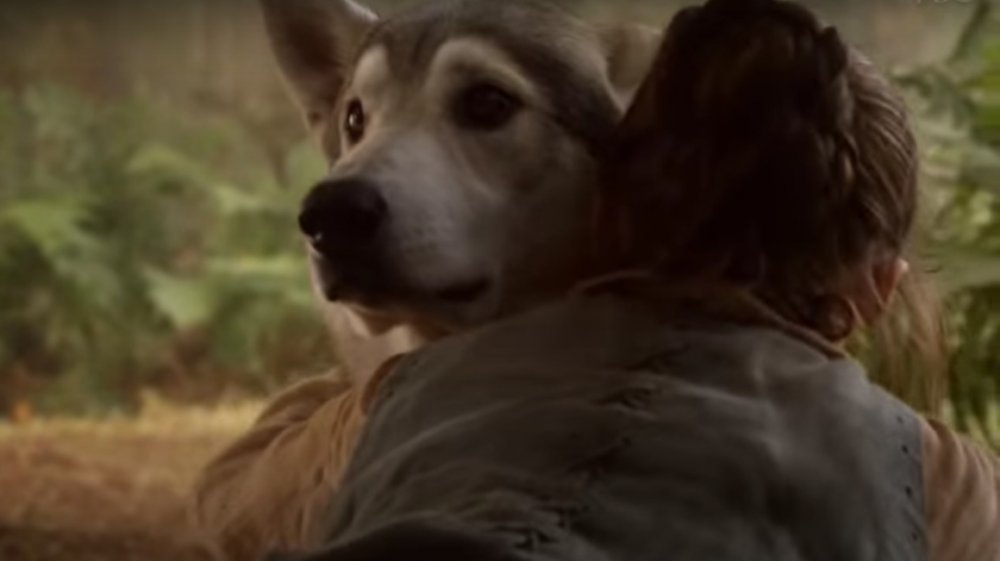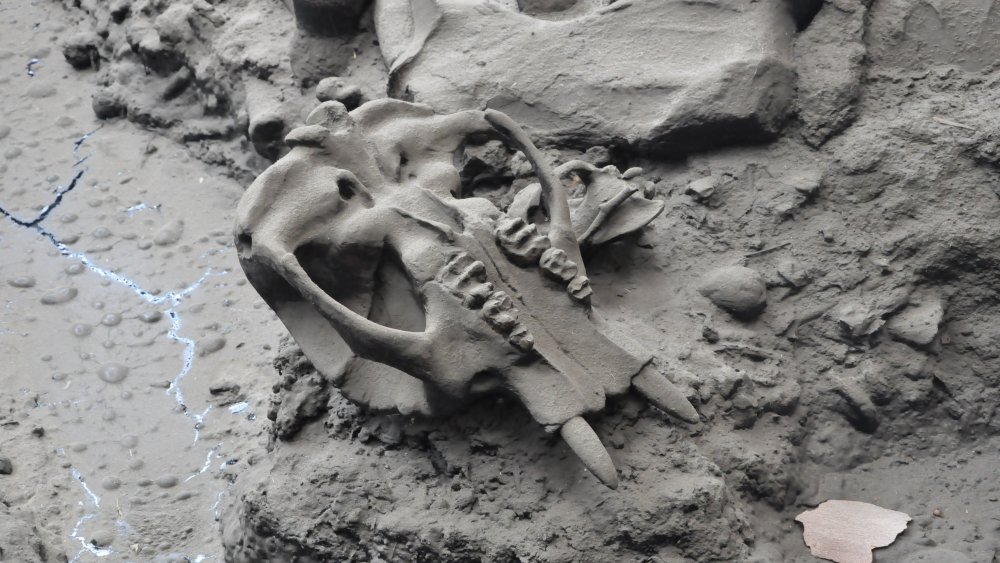The Real Reason Dire Wolves Went Extinct
Back in 1993, Jurassic Park introduced the world to Velociraptors, via Sam Neil lecturing that one kid about how smart, stealthy and, well, effective they were. Unlike the movie Velociraptors, though, the real dinosaurs were not quite human-sized: they were, according to the UK's Natural History Museum, actually comparable to today's turkey, and probably covered with feathers. Still effective, though. Dr. David Button, the museum's dinosaur researcher, says, "I think it's quite useful to think of Velociraptor like a land eagle as they're very similar to eagles in many ways and it's reasonable to expect they would have behaved similarly as well."
But hey, don't let that detract from the storytelling. The same goes for another piece of elaborate (and epic) yarn-spinning, George R.R. Martin's A Song of Ice and Fire, adapted for HBO as Game of Thrones. Besides giving everybody the theatrical genius of Peter Dinklage on a regular basis, it also popularized dire wolves, those large, toothsome beasties that seem to be the size of a decent pony ... and, if you've got a problem with dogs, the stuff of nightmares.
Even "Game of Thrones" kids need pets
Like Peter Dinklage (who is real) and unlike dragons (which aren't), dire wolves have an actual history on this planet. It's just not current history. Just as real-life Velociraptors wouldn't really be looking Chris Pratt in the eye, though, the dire wolves in Game of Thrones are a bit exaggerated.
The fossil record says that dire wolves were roaming the planet during the Pleistocene Epoch, as Forbes tells it, which was around 250,000-10,000 years ago. They're closely related to the gray wolf of our times, but unlike the gray wolf, which developed in Eurasia and traveled, the dire wolves evolved in North America, says the National Park Service. They shared the environment with gray wolves, but also with saber-tooth cats, as Mental Floss reports. As for size? Judging from that aforementioned fossil record (especially from the La Brea Tar Pits, where their remains are more abundant than those of the saber-tooth, says Encyclopedia Britannica) they averaged about five feet in length, bulking up to around 200 pounds.
Dire wolves everywhere
Although they hunted in packs and were fairly successful predators, their brains were smaller than those of their colleague, the gray wolf. And which one survived, eh? As for why they died off, scientists can only speculate, and no one seems to have a firm answer. Climate change and human impact are two likely suspects, says Forbes, a theory also advanced by ThoughtCo, but the actual cause remains a mystery.
If you're a Thrones fan and really really really really want your own dire wolf, science, as science sometimes does, is working on that very problem. According to Wired, the American Alsatian Breeders Association has instituted the Dire Wolf Project, trying to replicate, in a domestic dog breed, the look of what is believed to be the dire wolf. There's no extant dire wolf genetic material, no DNA extracted from prehistoric bugs in amber: just supposition, leading to appearance. And besides, how many people are looking for a 160 pound dog? You know, besides the Stark family?


